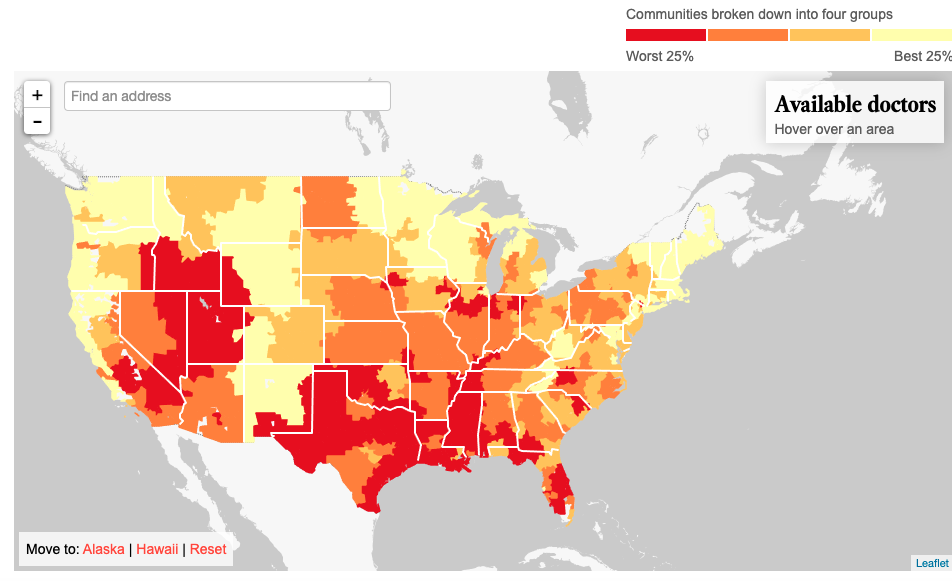Preventable Blindness within the Diabetic Patient Population
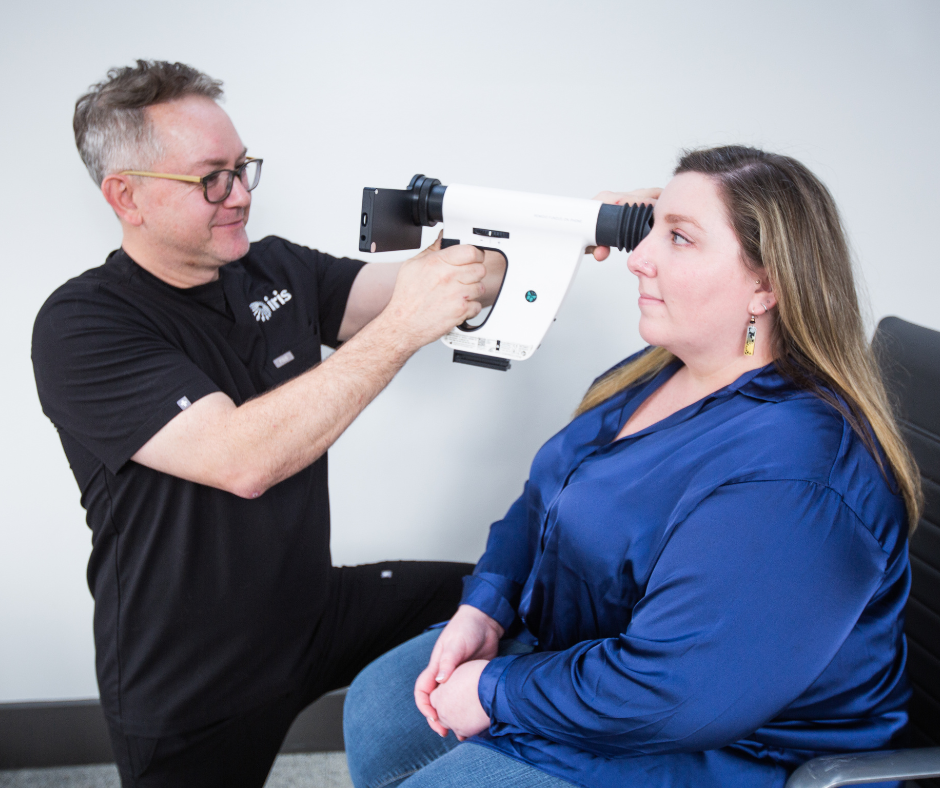
Illness and disease pose an immensely personal, medical, and financial burden to the people who suffer from them, their families, and the societies where they live. In the United States, conditions such as heart disease, cancer, and diabetes represent a combined $930 billion in healthcare costs and lost productivity every year, not to mention the sadness, stress, and economic toll it takes on individuals.
Some diseases are unavoidable. However, many are manageable and their more serious symptoms may even be avoided altogether when early detection methods are in place and treatment is administered. One such symptom is preventable blindness.
Preventable blindness is a medical issue that, when in full effect, is incredibly debilitating. However, the condition can often be avoided by taking appropriate precautionary measures to address the underlying cause and stop preventable blindness in its tracks.
So what causes preventable blindness, how much of blindness is preventable, and how can we end preventable blindness once and for all?

What is Preventable Blindness?
Preventable blindness is any type of vision loss that can be corrected or could have been halted with early intervention. Nearly 800 million people worldwide suffer from some form of preventable blindness, which can be caused by:
- Uncorrected vision deficits, like myopia or presbyopia
- Macular degeneration
- Glaucoma
- Diabetic retinopathy
- Eye cancer
- Trachoma
In many cases, early detection and treatment of these diseases can reduce the risk of vision loss and minimize other negative effects for the patient.
Economic Impact of Preventable Blindness
Vision loss can severely impact patients’ quality of life. Loss of vision can lead to loss of employment and independence and can increase the likelihood of additional complications, such as injuries from falls or declines in mental health.
Preventable blindness also has a significant economic impact. Diabetic retinopathy, which is only one cause of preventable blindness, is estimated to have an economic impact of $51.4 billion each year in the United States alone.
Vision loss takes an enormous toll on an individual’s personal and professional life. In the United States, where only about 28% of workers carry vision care insurance, 30% of people who experience any degree of vision loss have a significantly harder time remaining employed or finding a job when they become unemployed. Unfortunately, those who are most at risk of losing their sight are those who already suffer from employment disparity: women, minorities, and people who live in rural communities.

Preventable blindness is an area of vision impairment that could be nearly eradicated, thus lifting a huge financial burden off of both individuals and the global economy. Vision impairment from uncorrected myopia and presbyopia alone account for $244 billion and $25.4 billion, respectively. The push to end preventable blindness is not just about increasing and improving patient care. It’s also about alleviating some of the financial stress that comes from untreated illnesses.
Why Diabetic Retinopathy Continues To Cause Preventable Blindness
There are many reasons that the most common causes of blindness worldwide and in the US, such as diabetic retinopathy, often progress past the point of no return. Lack of early detection and treatment is one reason. For example, the treatment for diabetic retinopathy is straightforward and effective. The key, however, is identifying the disease in its earliest stages so that treatment can be prescribed in time to save the patient’s vision.
Additionally, patients in rural communities are particularly susceptible to cases of preventable blindness. Limited access to ophthalmologists and resources for eye care can make it difficult for patients in rural areas to receive early diagnosis and continuous treatment. Telemedicine and remote diagnostic services can help bridge the gap in care that patients in remote communities face.
What Percentage of Blindness is Preventable?
Studies suggest that around 90% of vision impairment worldwide is preventable. Much of that percentage is due to the lack of eye care availability in less-developed countries, where treatable conditions that are among the most common causes of preventable blindness worldwide, like cataracts and glaucoma, go completely untreated.
In developed countries, however, preventable blindness is more commonly caused by diseases that do not show symptoms in their earliest stages, when the risk of blindness could be mitigated or prevented completely with treatment.
One such disease is diabetic retinopathy, which can lead to “diabetes blindness.” According to the American Academy of Ophthalmology, diabetic retinopathy is an eye disease that occurs when high blood sugar levels cause damage to blood vessels in the retina. The affected blood vessels can sometimes swell and leak, or they can close, which causes a blockage and prevents blood from passing through.
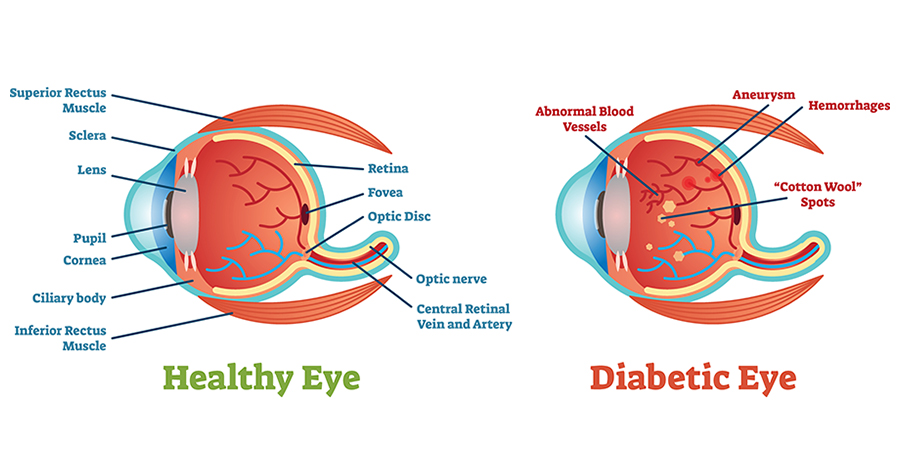
What Is the Most Common Cause of Preventable Blindness?
According to the Centers for Disease Control & Prevention (CDC), diabetic retinopathy is the most common cause of preventable blindness in adults. Diabetic retinopathy occurs when chronic high blood sugar levels compromise the blood vessels around the eye.
Diabetic retinopathy symptoms include vision impairment and retinal swelling that, if left untreated, can lead to total blindness. About 4.2 million adults with diabetes are living with some stage of diabetic retinopathy, and about one in ten of those individuals will develop diabetes blindness or another eye-threatening disease over their lifetime because of it.
Unfortunately, the prevalence of diabetes is only predicted to rise. In 2019, 463 million people were living with diabetes. In 2045, there will be an estimated 700 million. As such, managing diabetic retinopathy for a burgeoning diabetic population then becomes a dire necessity for ending preventable blindness.
Diabetic retinopathy can be managed if caught early. Routine eye exams, particularly for patients with diabetes, enable early detection of the condition. Diabetic retinopathy treatments may include steroid injections or laser surgery in addition to diabetes management.
Diagnosing and Treating Causes of Preventable Blindness
An ophthalmologist can detect the causes of preventable blindness early. Annual eye exams can catch vision changes before they get worse and assist in tailoring the management of underlying conditions.
Telemedicine solutions are emerging and invaluable tools in diagnosing and treating preventable blindness before severe vision impairments occur. For example, imaging systems like IRIS allow any healthcare setting to acquire patient retinal scans and send them to a dedicated team of remote licensed eye specialists who can provide diagnoses to patients in remote or rural communities without access to ophthalmological services.
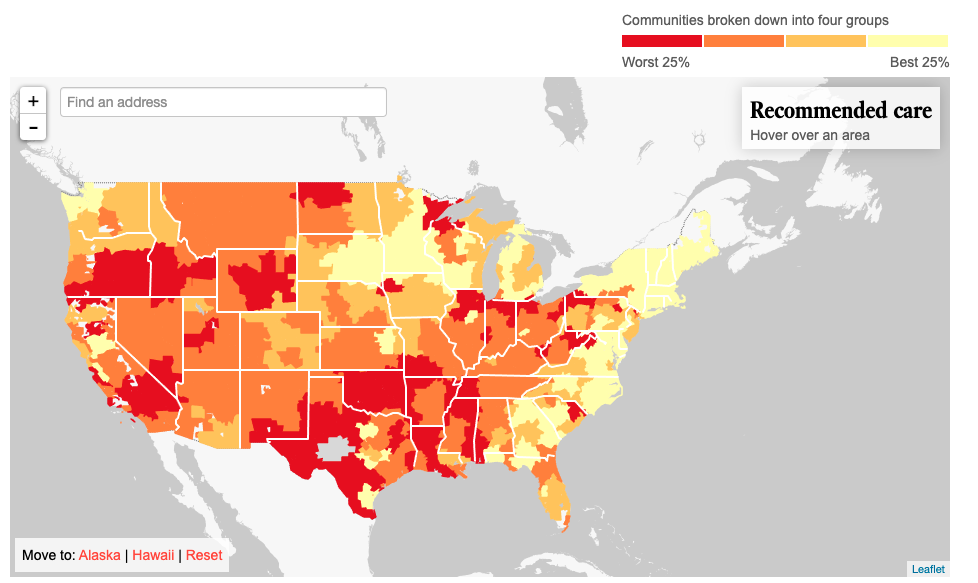
The IRIS Vision for Ending Preventable Blindness
The statistic that 90% of cases of blindness in the world are preventable is staggering. The following statistics from the CDC are equally difficult to wrap one’s head around:
About 93 million US adults are considered at high risk for vision loss.
By 2050, almost 9 million Americans aged 40 and up will live with uncorrectable vision loss.
Imagine the effects on the economy and the health of the human population if just one of the most common causes of preventable blindness worldwide, such as diabetic retinopathy, was eliminated. In the US alone, eradicating preventable blindness from diabetic retinopathy would save around $500 million.
The good news is that modern healthcare technology is paving the way for the eradication of preventable retinal blindness caused by diabetic retinopathy, and IRIS (Intelligent Retinal Imaging Systems) is helping lead the charge.
IRIS applies revolutionary teleretinal image-enhancing technology to fundus images that are captured in-office, in-home, or at a retinal screening event. The technology illuminates the vasculature and potential pathology for the grading physician, improving their ability to assess the patient’s condition and risk of retinal blindness.
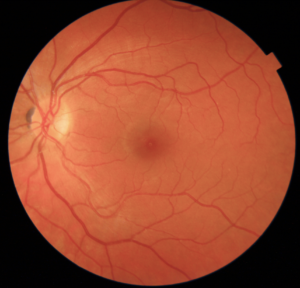
Before IRIS Image Enhancement
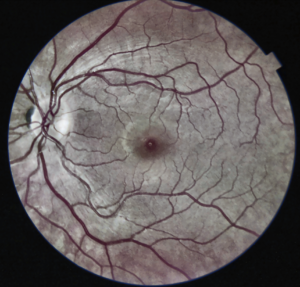
After IRIS Image Enhancement
After a fundus image is captured and the IRIS proprietary image enhancement algorithm is applied, the photos are accessible through the cloud to the IRIS Reading Center, where an assigned provider from the group of 125+ board-certified retina specialists and ophthalmologists examine the photo. With IRIS, clients experience an average gradeability rate of 95% as opposed to other solutions where gradeability is typically 80-85%. With this technology in the hands of healthcare organizations all over the US, IRIS hopes to do its part in ending preventable blindness caused by diabetic retinopathy.
Join the Battle to End Preventable Blindness
IRIS is changing the face of healthcare today by bringing diagnostic methods straight to patients to reduce the number of cases of preventable blindness—and you can join us.
We work closely with your healthcare organization to decide on a fundus camera that’s best suited to your specific needs, train your staff to capture images, and educate them on program best practices. Once a year employees are trained to use the software and equipment properly, performing these vital retinal screenings is easy and does not create significant additional work for camera operators. That’s a win-win workflow for your organization and the patients you serve.
Does your organization want to help fight the battle against preventable blindness? Get in touch today for a free demo.
FAQs
How can a person go blind?
The leading causes of blindness include conditions like:
- Cataracts
- Age-related macular degeneration
- Glaucoma
- Diabetic retinopathy
What is the major cause of preventable blindness?
Cataracts are the leading cause of preventable blindness, although diabetic retinopathy is the number one cause of new incidence of blindness in adults.
What is diabetic retinopathy?
Diabetic retinopathy occurs when the blood vessels in the eyes swell or leak as a complication of diabetes. If left untreated, diabetic retinopathy can lead to vision loss or blindness.
How can blindness be prevented?
Preventable blindness can be mitigated through early intervention and treatment, especially for blindness caused by underlying disorders like diabetic retinopathy.
What causes preventable blindness in children?
Preventable blindness in children can be caused by:
- Vitamin A deficiency
- Measles
- Retinopathy of prematurity (ROP), due to premature birth
- Cataracts
Can all blindness be cured?
Not all cases of blindness can be cured. However, routine eye exams, accessible eye care, and early intervention can greatly improve the chances of preserving vision and avoiding irreversible vision loss.
SM 110, Rev C
Get started with IRIS today.
Want to know if IRIS is right for you? Schedule a one-on-one consultation with our team. We’re here to help.
